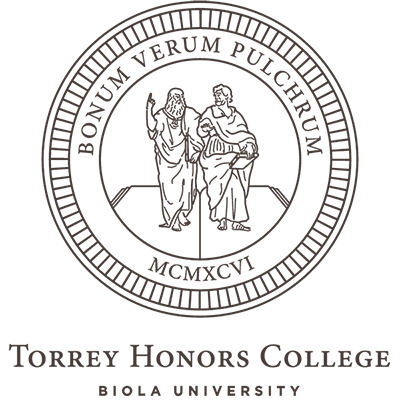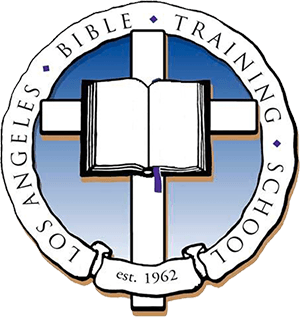A scene from The Canterbury Psalter (12th century)
Blog
Iambics to Seleucus (Amphilochius)

Amphilochius of Iconium (ca. 345-404) was the bonus Cappadocian: he did not attain unto the three, and his works are not well preserved for us, but he was right there with Basil and the Gregs, and his theology was very influential in the early centuries. I ran across a nice little sequence of lines from his Iambics to Seleucus, and spent some time studying them. These lines didn’t end up working for the project I was writing, but I didn’t want to forget them. They seem to be rehearsing Trinitarian orthodoxy circa 400, and so the fact that they don’t try to boast much originality is one of the best things about them. We have an early pro-Nicene working out the best ways to say things, making sure to use the key terminology with conspicuous correctness.
So here they are:
For the eternal Trinity is a unity,
The Father with the Son and the all-holy Spirit;
The Trinity, rightly distinguished in persons, is a unity.
So, neither should you numerically confound the hypostases;
Nor should you as a worshipper of God divide His essence.
For there is one Trinity, one God almighty:
That is a subtle mystery of religion.
…
[on Sabellius and Arius:]
The one confuses the subsistences of the persons;
The other then impiously divides the essence.
…
But keep thou unswervingly to the middle way,
When necessary, dividing; conjoining, when right.
For the Trinity is united without confusion,
As also the Unity is distinguished without division:
For the nature is indivisible; but the hypostases
Ever remain absolutely conjoined.
The Greek text (keep an eye out for οὐσία, φύσις, and ὑποστάσεις):
Μονὰς γάρ ἐστι καὶ τριὰς [ἡ] ἀΐδιος,
Πατὴρ σὺν υἱῷ καὶ παναγίῳ πνεύματι,
Τριὰς προσώποις εὐκρινὴς, μονὰς φύσει.
Μήτ᾽ οὖν ἀριθμῷ συγχέῃς ὑποστάσεις,
Μήτ᾽ αὖ Θεὸν σὺ προσκυνῶν τέμῃς φύσιν.
Μία τριὰς γὰρ, εἶς Θεὸς παντοκράτωρ·
Τουτέστι λεπτὸν εὐσεβὲς μυστήριον.
…
Ὁ μὲν, προσώπων συγχέων ὑπόστασιν,
Ὁ δὲ οὖν, μερίζων δυσσεβῶς τὴν οὐσίαν.
…
Σὺ δ᾽ ἀκλινῶς φύλασσε τὴν μέσην ὁδὸν,
Ὡς χρὴ, διαιρῶν· καὶ συνάπτων, ὡς θέμις.
Συνάπτεται γὰρ ἡ τριὰς ἀσυγχύτως,
Ὥσπερ κ᾽ ἀτμήτως ἡ μονὰς χωρίζεται·
Ἡ γὰρ φύσις, ἄτμητος· αἱ δ᾽ ὑποστάσεις,
Ἀεὶ μένουσι παντελῶς ἀσύγχυτοι.
Another fun thing about these lines is that they show up in eighteenth-century Protestant theology, specifically in the trinitarianism of Bernardinus de Moor (1709-1780). Check out de Moor’s use of Amphilochius to secure the proper terminology of trinitarian theology here. And while I can’t do the footnotes, I can only assume there’s a trajectory of influence that gets you from the year 400 to 1800.
_____________________________
Image: From the Menologion of Basil II, via Wikimedia
About This Blog

Fred Sanders is a theologian who tried to specialize in the doctrine of the Trinity, but found that everything in Christian life and thought is connected to the triune God.


